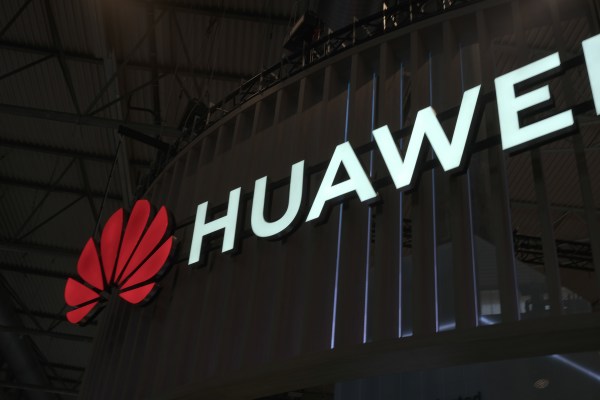U.S. President Donald Trump has handed Huawei a lifeline after he said that U.S. companies are permitted to sell goods to the embattled Chinese tech firm following more than a month of uncertainty.
It’s been a pretty dismal past month for Huawei since the American government added it and 70 of its affiliates to an “entity list” which forbids U.S. companies from doing business with it. The ramifications of the move were huge across Huawei’s networking and consumer devices businesses. A range of chip companies reportedly forced to sever ties while Google, which provides Android for Huawei devices, also froze its relationship. Speaking this month.
All told, Huawei founder and chief executive Ren Zhengfei said recently that the ban would cost the Chinese tech firm — the world’s third-larger seller of smartphones — some $30 billion in lost revenue of the next two years.
Now, however, the Trump administration has provided a reprieve, at least based on the President’s comments following a meeting with Chinese premier Xi Jinping at the G20 summit this weekend.
“US companies can sell their equipment to Huawei. We’re talking about equipment where there’s no great national security problem with it,” the U.S. President said.
Those comments perhaps contradict some in the US administration who saw the Huawei blacklisting as a way to strangle the company and its global ambitions, which are deemed by some analysts to be a threat to America.
Despite the good news, any mutual trust has been broken and things are unlikely to be the same again.
America’s almost casual move to blacklist Huawei — the latest in a series of strategies in its ongoing trade battle with China — exemplifies just how dependent the company has become on the U.S. to simply function.
Huawei has taken steps to hedge its reliance on America, including the development of its own operating system to replace Android and its own backup chips, and you can expect that these projects will go into overdrive to ensure that Huawei doesn’t find itself in a similar position again in the future.
Of course, decoupling its supply chain from US partners is no easy task both in terms of software and components. It remains to be seen if Huawei could maintain its current business level — which included 59 million smartphones in the last quarter and total revenue of $107.4 billion in 2018 — with non-US components and software but this episode is a reminder that it must have a solid contingency policy in case it becomes a political chess piece again in the future.
Beyond aiding Huawei, Trump’s move will boost Google and other Huawei partners who invested significant time and resources into developing a relationship with Huawei to boost their own businesses through its business.
Indeed, speaking to press Trump, Trump admitted that US companies sell “a tremendous amount” of products to Huawei. Some “were not exactly happy that they couldn’t sell” to Huawei and it looks like that may have helped tipped this decision. But, then again, never say never — you’d imagine that the Huawei-Trump saga is far from over despite this latest twist.
